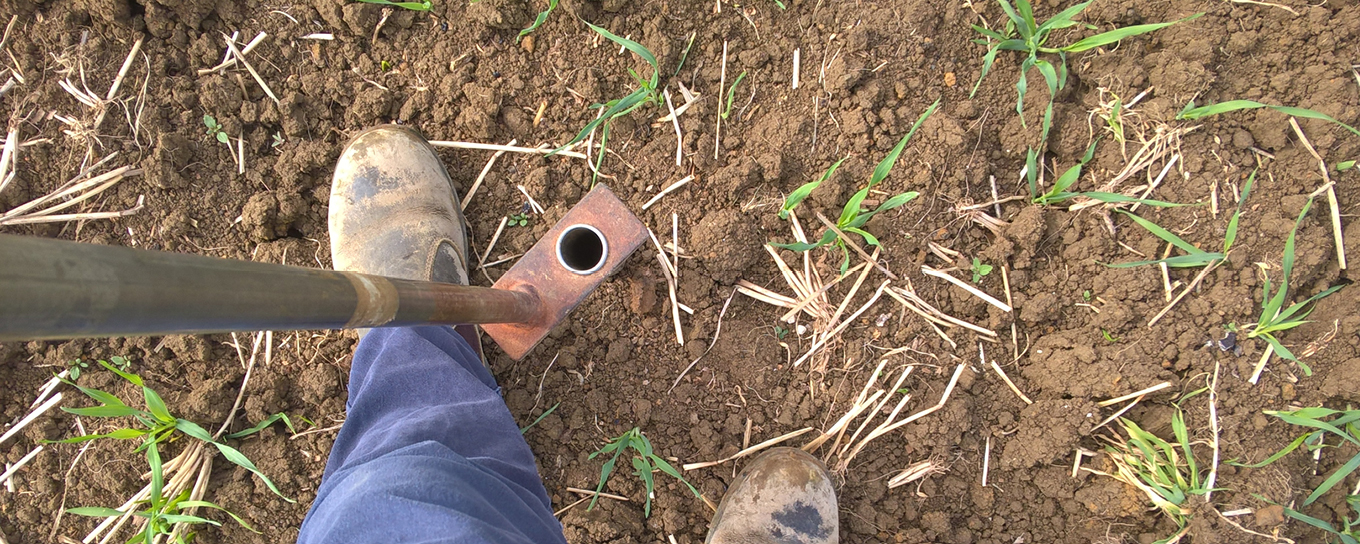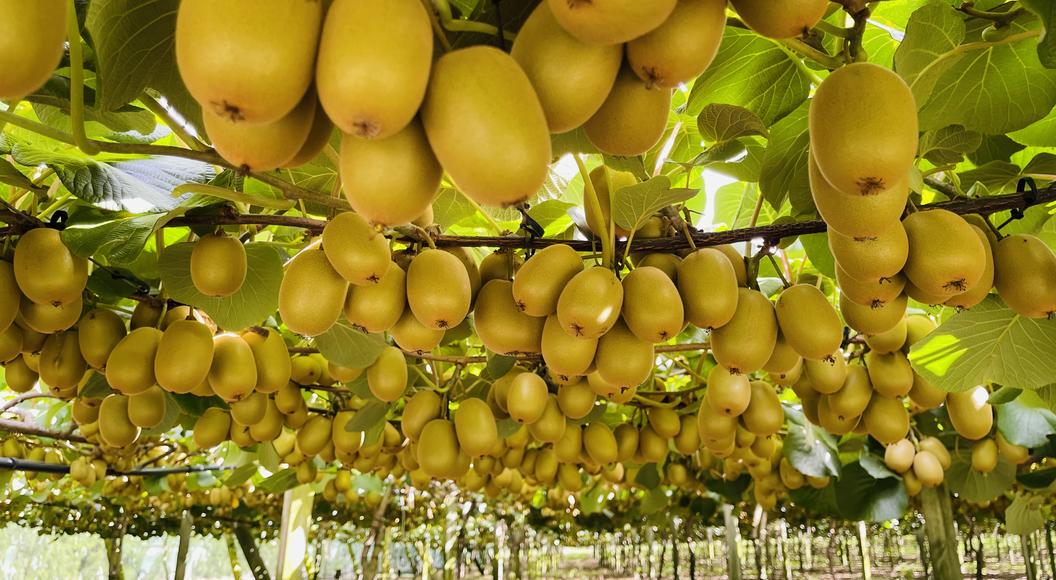
Now is the time to soil test
Autumn is a key time of the year to soil test paddocks.
Soil testing is important because it provides a snapshot of soil properties and nutrient levels to identify any deficiencies, imbalances or excessive levels in the soil. By quantifying these nutrient levels and comparing those to optimum levels for growing a crop, we can determine what nutrients need to be added to achieve the desired levels. From this we can then produce a fertiliser programme specific for a crop in a given paddock.
By testing in autumn, it allows time for these fertiliser plans to be created but also allows time for some of the adjustments in the soil to take effect. As an example, pH can take a significant period of time to be adjusted through liming. The lime itself requires water to activate in the soil, so applying the calculated amount over the autumn and winter period is best practice for gradually increasing soil pH.
When soil sampling, there are some key considerations to make. The sampling method must be sound, as the way the soil is sampled is the greatest contributor to the variability in the test results. This includes making sure a representative sample is being taken, at the correct depth, taking into account changes in soil type, previous land use, etc.
What is being tested for is also important. A standard recommended test, i.e. “basic soil test”, for vegetable crops should include: pH, phosphorus, cation levels, CEC and base saturation. Available nitrogen, sulphate sulphur and boron are also important for vegetable crops. For instance, boron is known to play a crucial role in maintaining the internal integrity of a range of vegetable crops including potatoes and onions, as well as assisting in the prevention of cracking in carrots and parsnips. The levels of organic matter in the soil should also be tested due to the numerous soil properties and processes organic matter influences, from overall structure of the soil to biological activity and nutrient availability. If organic matter levels are sub-optimal, steps may be taken to gradually improve this.


